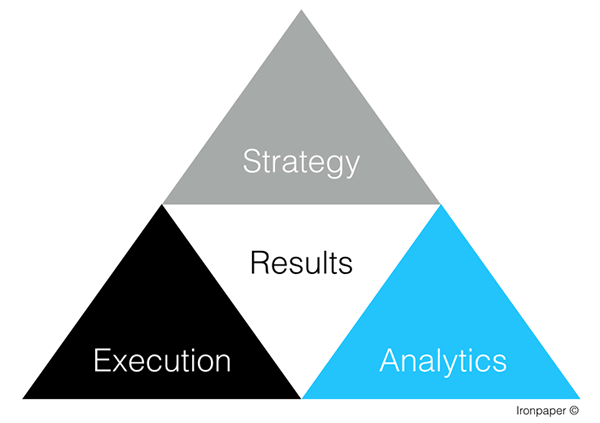|
Gym teachers and geologists, writers and truck drivers, movie makers and motorcyclists, audiophiles and elevator operators, xylophonists and sci-fi fans are all problem-solvers. Everyone is a problem-solver. Some just do it better than others, by design.
By generating unique and/or particularly satisfying solutions, a designer is said to behave creatively. Since problem-solving is intertwined with living, you are ever embarking on a problem-solving journey of one sort or another. The more you understanding DESIGN as being closely related to the life process the better you'll be as a creative problem-solver or 'Designer'. |
The creative problem-solving ( Design ) process is most easily understood as a sequence of stages or stopovers on a journey to a given destination.
A full round-trip itinerary offers experience at each of those places. Once internalized through experience, design process oriented travel involves the conscious application of incentives, intentions, decisions, actions and evaluations.
NOTE: The design process presented here is a design in itself; developed by extracting the essential characteristics of many specific problem-solving processes.
A COMPLETE SYSTEMATIC PROBLEM-SOLVING JOURNEY includes a SEVEN STAGE ITINERARY
NOTE: The design process presented here is a design in itself; developed by extracting the essential characteristics of many specific problem-solving processes.
A COMPLETE SYSTEMATIC PROBLEM-SOLVING JOURNEY includes a SEVEN STAGE ITINERARY
1. Accept ( Getting Started )
Stating initial intentions; accept the problem as a challenge; allowing the problem to become the generator of process; self-motivation
2. Analyze ( Gathering Facts and Feelings )
Becoming familiar with the insides and outsides of the problem; discovering what the "world of the problem" contains.
3. Define ( Determining the destination, essentials for success ), Determining the main issues of the problem; conceptualizing and clarifying aims, ends, and goals of problem resolution.
4. Ideate ( Generating Alternatives ) Identifying all possible ways of realizing the goals.
5. Select ( Choosing From The Options ) Comparing the destination with the possible ways of getting there; determine the best match(es)
6. Implement ( Taking Action ) Giving form to the selected "best ways;" "realizing" intentions.
7. Evaluate ( Measuring Success ) Reviewing the journey to determine the degree of success and its overall value; what was learned ? How can the experience be used to make future travel more meaningful and/or enjoyable?


 RSS Feed
RSS Feed
